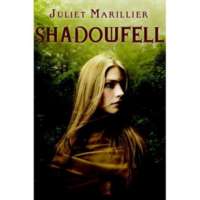
Tyson Rua has more than his fair share of problems growing up in South Auckland. Working a night job to support his mother and helping bring up his two younger brothers is just the half of it. His best friend Rawiri is falling afoul of a broken home, and now Tyson’s fallen in love at first sight. Only thing is, it’s another guy. Living life on the sidelines of the local hip-hop scene, Tyson finds that to succeed in becoming a local graffiti artist or in getting the man of his dreams, he’s going to have to get a whole lot more involved. And that means more problems – the least of which is the leader of the local rap crew he’s found himself running with. Love, life, and hip-hop never do things by half.







